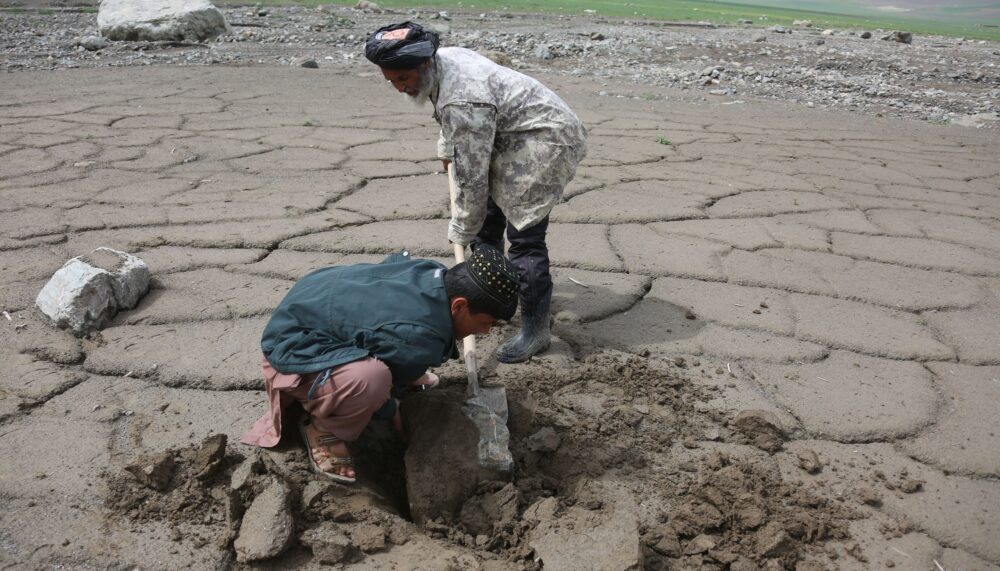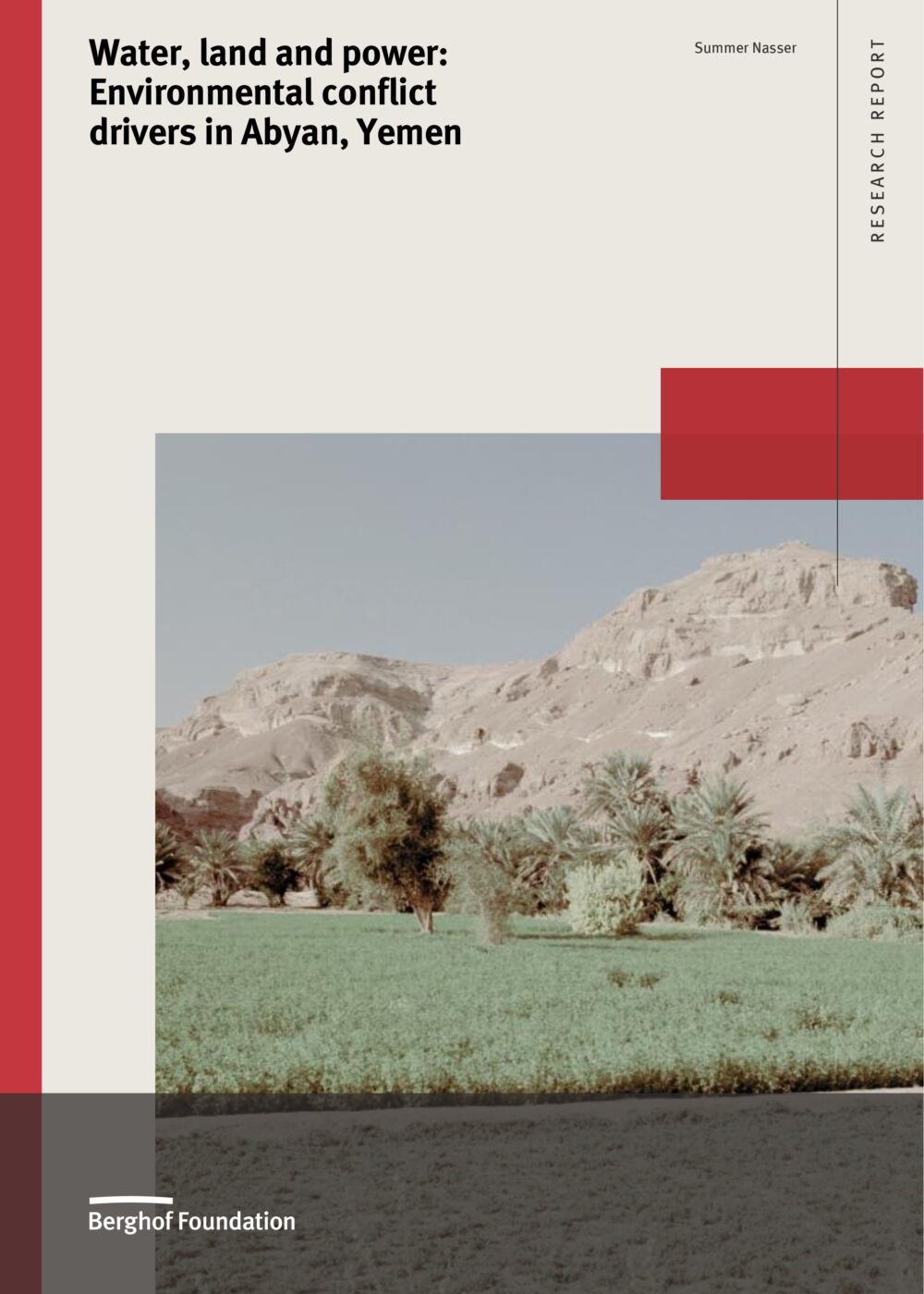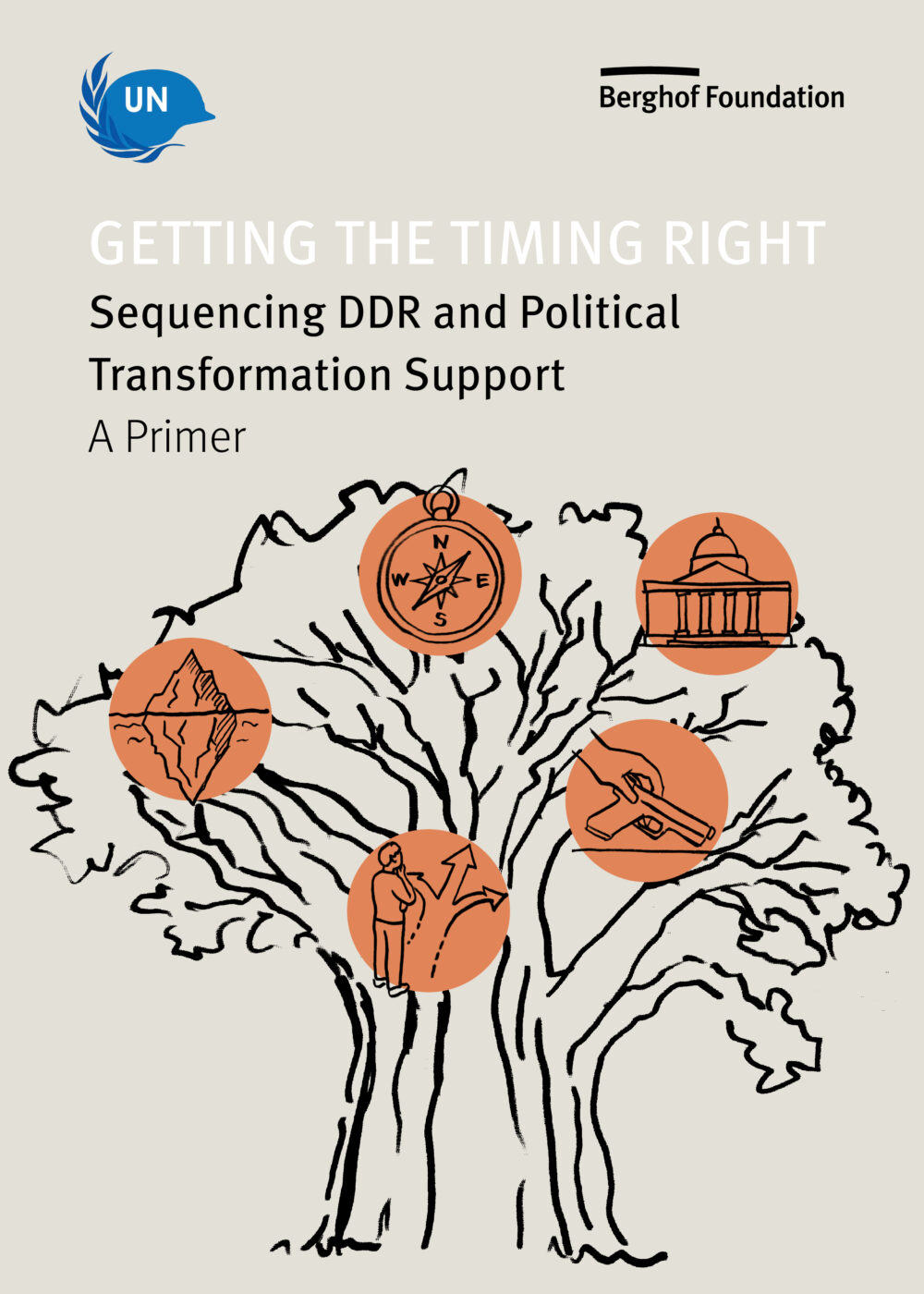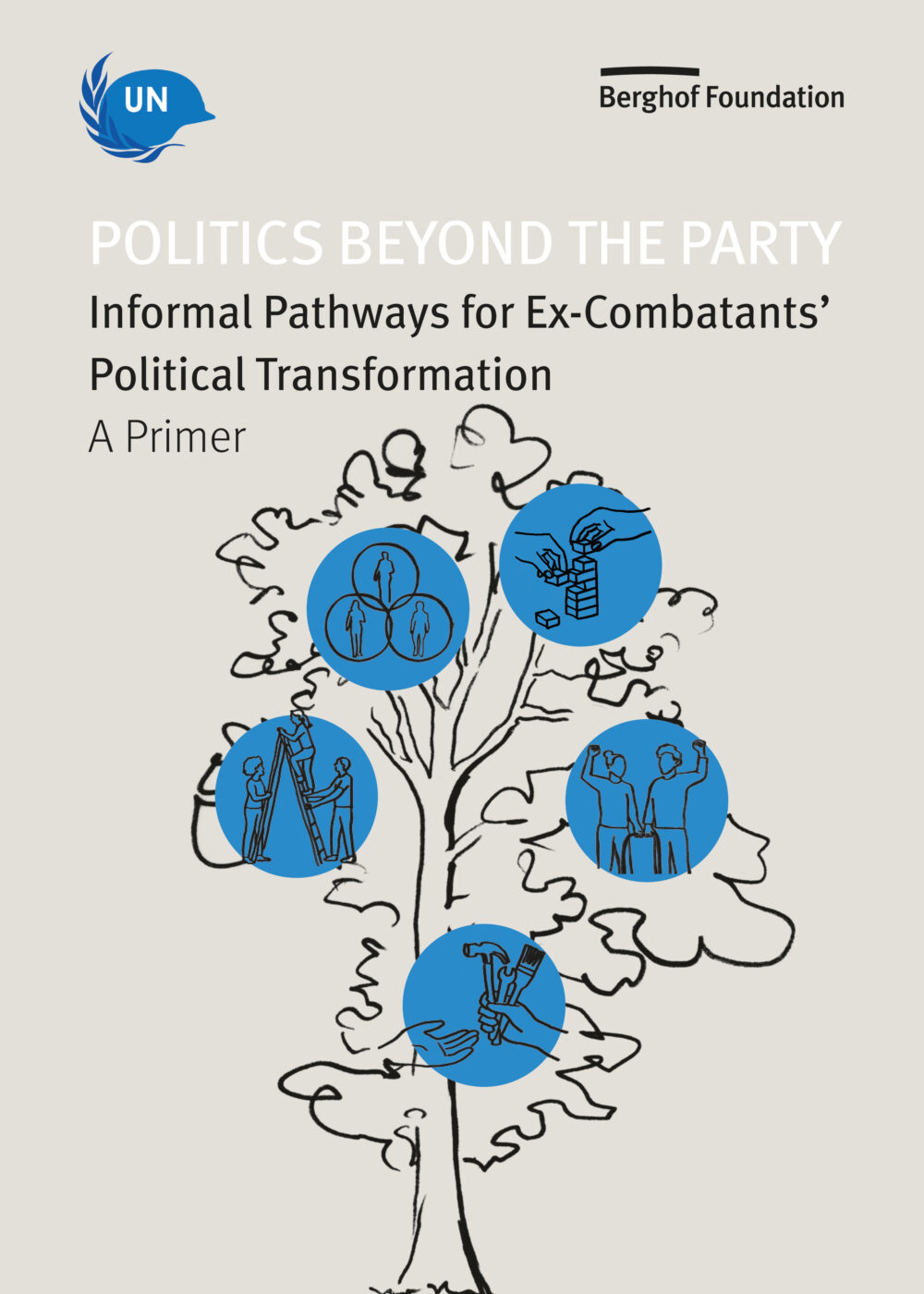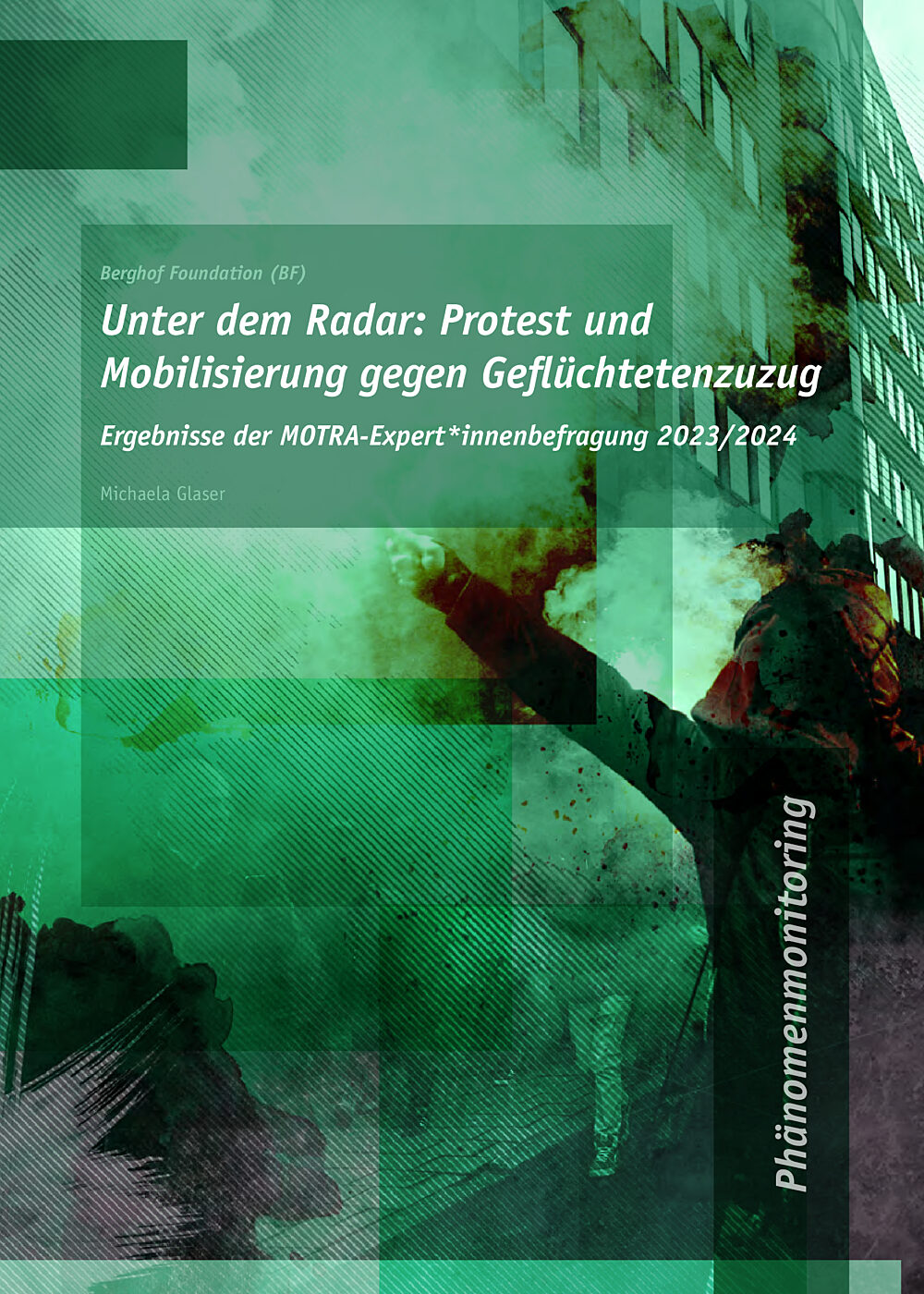1 Sept 2010
The KLA and the Kosovo War: From Intra-State Conflict to Independent Country
Transitions Series No. 8
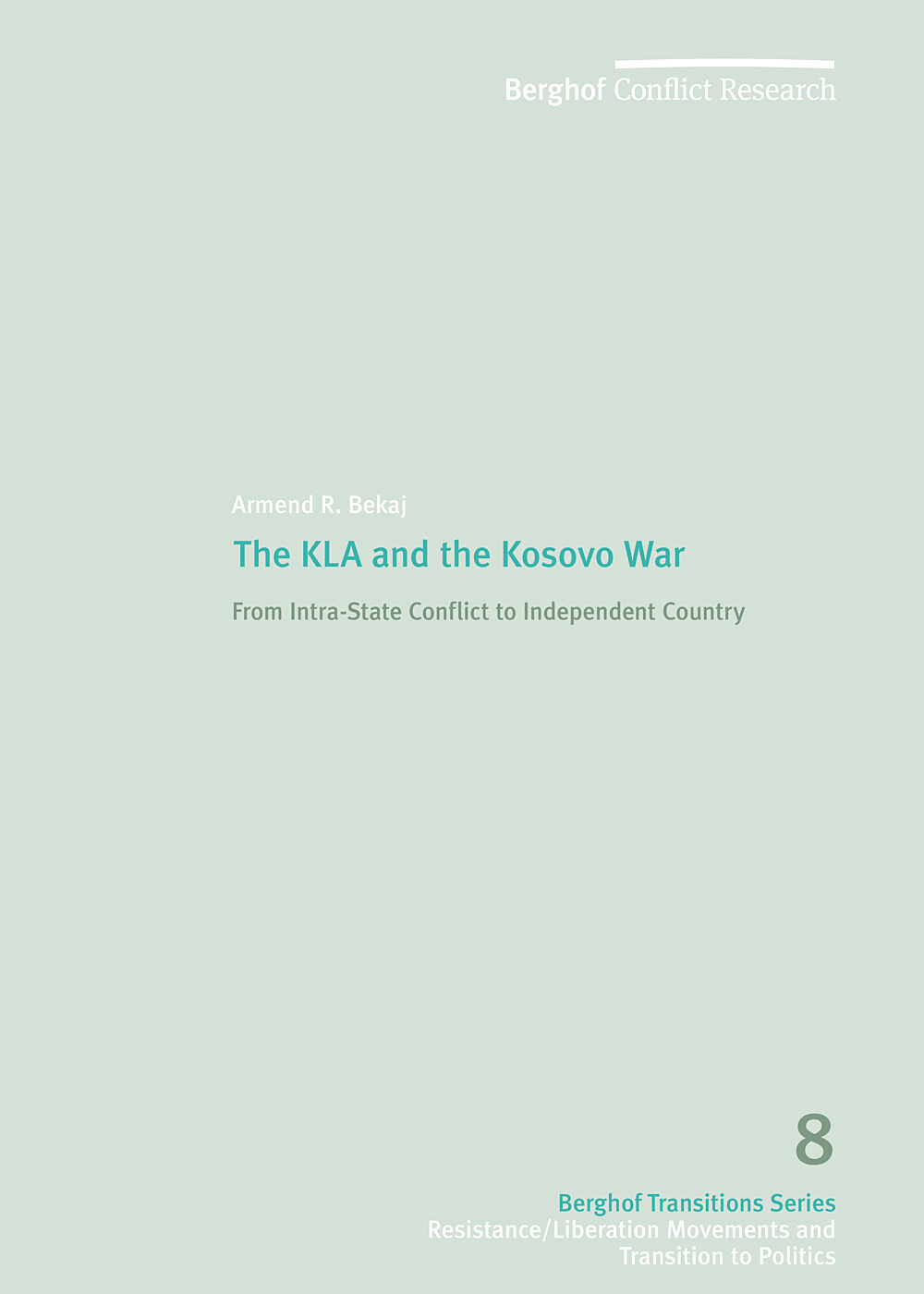
The recent conflict in Kosovo is often referred to as a unique case study for several reasons: the factors that contributed to the sudden rise of the Albanians’ armed insurgency movement in the mid- to late-1990s; the heavy involvement of the international community, climaxing in the armed intervention of the North Atlantic Treaty Organisation (NATO) against a sovereign state – Serbia/Federal Republic of Yugoslavia (FRY); and the subsequent establishment of the international protectorate in Kosovo, led by the United Nations (UN) in concert with the NATO Kosovo Force (KFOR) and the widest array of international organisations to date. These unique circumstances, so the argument goes, have followed Kosovo’s political path, leading up to its declaration of independence. Along this path, international norms of self-determination and human rights versus those of national sovereignty and non-interference in internal matters have been invoked, tested and have even clashed repeatedly. The recent deliberations at the International Court of Justice (ICJ) at the Hague as to whether or not Kosovo’s declaration of independence is legal bear testimony to this clash.
Authors
Armend R. Bekaj
Editors
Véronique Dudouet, David Bloomfield
Sui generis theory aside, Kosovo’s conflict has been a protracted one, and in this respect shares resemblances with other cases of occupation and/or self-determination and liberation. If one is to set a date, it originated in 1912/13, when the territory was forcefully and illegally annexed by Serbia, later becoming part of Yugoslavia. With this context in mind, this study aims at offering an account on the rise of the Kosovo Liberation Army (KLA) (Ushtria Çlirimtare e Kosovës, UÇK), whilst analysing some of the root causes that led to its formation. It will look at how the KLA has interacted with its international partners, such as NATO; how it has transformed itself into a civilian force; and how its leaders have reinvented themselves as political figures.
About this Publication Series
This case study is one of a series produced by participants in an ongoing Berghof research project on transitions from violence to peace. The project’s overall aim is to learn from the experience of those in resistance or liberation movements who have used violence in their struggle but have also engaged politically during the conflict and in any peace process. Recent experience around the world has demonstrated that reaching political settlement in protracted social conflict always eventually needs the involvement of such movements. Our aim here is to discover how, from a non-state perspective, such political development is handled, what is the relationship between political and military strategies and tactics, and to learn more about how such movements (often sweepingly and simplistically bundled under the label of non-state armed groups) contribute to the transformation of conflict and to peacemaking. We can then use that experiential knowledge (1) to offer support to other movements who might be considering such a shift of strategy, and (2) to help other actors (states and international) to understand more clearly how to engage meaningfully with such movements to bring about political progress and peaceful settlement.
- M-19's Journey from Armed Struggle to Democratic Politics: Striving to Keep the Revolution Connected to the People. Berghof Transitions Series No. 1
Mauricio García Durán, Vera Grabe Loewenherz, Otty Patiño Hormaza. 2008
- The ANC and South Africa’s Negotiated Transition to Democracy and Peace. Transitions Series No. 2
Mac Maharaj. 2008
- Seeking State Power: The Communist Party of Nepal (Maoist). Transitions Series No. 3
Kiyoko Ogury. 2008
- The Politics of Transformation: The LTTE and the 2002-2006 peace process in Sri Lanka. Transitions Series No. 4
Suthaharan Nadarajah, Luxshi Vimalarajah. 2008
- From Politics to Arms to Politics Again: The Transition of the Gerakan Aceh Merdeka (Free Aceh Movement - GAM). Transitions Series No. 5
Agus Wandi, Wolfram Zunzer. 2008
- The Basque Country: The Long Walk to a Democratic Scenario. Transitions Series No. 7
Urko Aiartza Azurtza, Julen Julen Zabalo. 2010
- The Road to Peace in Ireland. Transitions Series No. 6
Bairbre de Brún. 2008
- From Revolutionary War to Democratic Revolution: The Farabundo Martí National Liberation Front (FMLN) in El Salvador. Transitions Series No. 9
Alberto Martín Álvarez. 2010
- The CNDD-FDD in Burundi: The path from armed to political struggle. Transitions Series No. 10
Willy Peter Nindorera. 2012
- Le CNDD-FDD au Burundi: Le cheminement de la lutte armée au combat politique. Transitions Series No. 10
Willy Peter Nindorera. 2012
- “Living Freedom” – The Evolution of the Kurdish Conflict in Turkey and the Efforts to Resolve It. Transitions Series No. 11
Adem Uzun. 2014
- ETA’s disarmament in the context of international DDR guidelines: Lessons learnt from an innovative Basque scenario. Transitions Series No. 12
Basque Permanent Social Forum. 2017
- Peace Prevails: A Review of the Process to Peace and Reconciliation between the Afghan Government and Hezb-e Islami. Transitions Series No. 13
Mushtaq Muhammad Rahim. 2019
- صلح پیروزی است. مروری بر پروسه صلح و مصالحه میان حکومت افغانستان و حزب اسلامی
Mushtaq Muhammad Rahim. 2019
- سوله بریا ده. د افغان حکومت او حزب اسال مي تر منځ د سولې هوکړه لیک
Mushtaq Muhammad Rahim. 2019
Thanks for your interest
If you find this publication useful, please consider making a small donation. Your support enables us to keep publishing.

